- Home
- Machining techniques
- CNC Machining Services
- Cooperative supply services
- Designs
- Materials
- Finishing Services
- Shop
- Products
- Guide
- About Us
- Contact Us
2021.1.27
There are hundreds of metal alloys available for CNC milling and turning, one of the best for your next project depends on a variety of factors, including price, weight, workability, strength, corrosion resistance, and cosmetic appearance. Here’s a closer look at the ones we use every day to help you pick, and what advantages they might have for your next project.
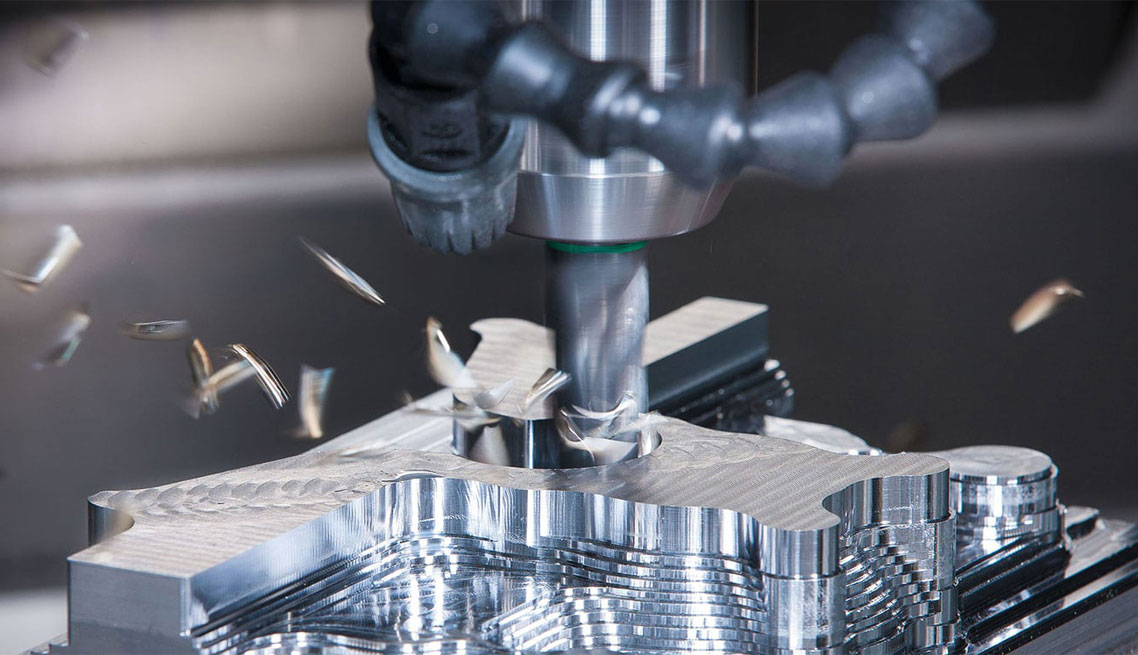
#1 Aluminum
This has been the most general-purpose grade of aluminum. Magnesium, silicon, and iron are the primary alloy components. For other aluminum alloys, it has a great strength-to-weight ratio and is inherently resistant to atmospheric corrosion. Such benefits are that it has good workability and machinability, can be welded and anodized, and its wide availability ensures that it is economical. As heat is processed at 86 temperatures, the yield power of 6061 is considerably greater than that of annealed 6061. While the price is a little cheaper. One downside of 6061 is low corrosion resistance when exposed to saltwater or other substances. It is also not as solid as other aluminum alloys for more challenging applications. 6061 is usually used for car parts: automobile frames, sports products, certain aircraft components, and RC vehicle frames.
#2 Brass
Brass is a copper and zinc alloy. It is a very delicate metal that can also be machined without lubrication. It is often easily workable at room temperature, so it also seeks uses that do not need high power. There are several kinds of brass, mostly based on the zinc content. As this proportion increases, the resistance to corrosion decreases. Brass is sporting a high polish that looks a lot like gold. This is why it is also used in cosmetic applications. Brass is electrically conductive but not magnetic and can be easily recycled. Brass may be welded but is most commonly combined with low-temperature methods such as brazing or soldering. Another advantage of the brass is that it doesn’t flame when it’s hit with another metal. It is also found to be used for equipment in potentially explosive conditions. Interestingly, brass has inherent antibacterial and antimicrobial properties and its application in this respect is still under research. Brass is common in plumbing fittings, home decoration, accessories, zippers, military hardware, and musical instruments.
#3 Magnesium
Magnesium AZ31 is an aluminum and zinc alloy. It’s up to 35% lighter than aluminum with an equal density, but it’s still a little more pricey. Magnesium is easy to machine, but it is very flammable, particularly in powder form. It has to be machined with a liquid lubricant. Magnesium can be anodized to enhance its resistance to corrosion. It is also extremely durable as a structural material and is an excellent alternative for pressure die casting. , Magnesium AZ31 is also used for aircraft parts that are more suitable for lightweight and high strength, and can also be found in power tools, housings, laptop covers, and camera bodies.
#4 Stainless Steel
There are several types of stainless steel, thanks to the inclusion of chromium, which serves to prevent corrosion from oxidation. Since all stainless steels appear the same, considerable caution must be taken to evaluate incoming raw materials with current metrology devices, such as OES detectors, to check the characteristics of the steel you are using. Sulfur is also introduced in the case of 303. This sulfur helps to make 303 the most conveniently machined stainless steel, but it still appears to reduce its corrosion resistance. 303 is not a reasonable option for cold bending or heat treatment. The existence of sulfur also implies that it is not a suitable candidate for welding, that it has outstanding machining properties, however, caution must be taken with speed feeds and sharpness of cutting tools. 303 is also used with stainless steel nuts and bolts, fittings, shafts, and gears. However, it can not be used for maritime grade fittings.
#5 Carbon Steel
It’s a typical grade of mild steel. It’s normally cheaper than stainless steel, but it’s considerably heavier and thicker. It’s easy to process and solder, and it can be hardened and heat-handled for different hardnesses. 1045 Steel of the European standard C45 is used in numerous industrial products for nuts, bolts, gears, shafts, connecting rods, and other mechanical components, demanding a higher degree of strength and stainless. It is often used in construction, although when exposed to the atmosphere, it would typically be surface handled to avoid rust.
#6 Titanium
Titanium is well known for its strong strength, lightweight, hardness, and corrosion resistance. It can be welded, passivated, and anodized for enhanced safety and better appearance. Titanium is not polishing particularly well. It’s a bad conductor of electricity, but a decent conductor of heat. It’s a rough substance for a system where only special cutters can be used. Titanium is usually bio-compatible and has a very high melting point, but it is more costly than other metals in industrial form. It’s really common on the surface of the planet, but it’s more challenging to refine. Titanium fits well for powder bed 3D metal printing, finding its uses in the most rigorous aerospace, military, biomedical and industrial sectors, where it is extremely immune to heat and corrosive acids.
That’s all the best materials for CNC machining and click HERE to see more elaborate details of this tutorial.
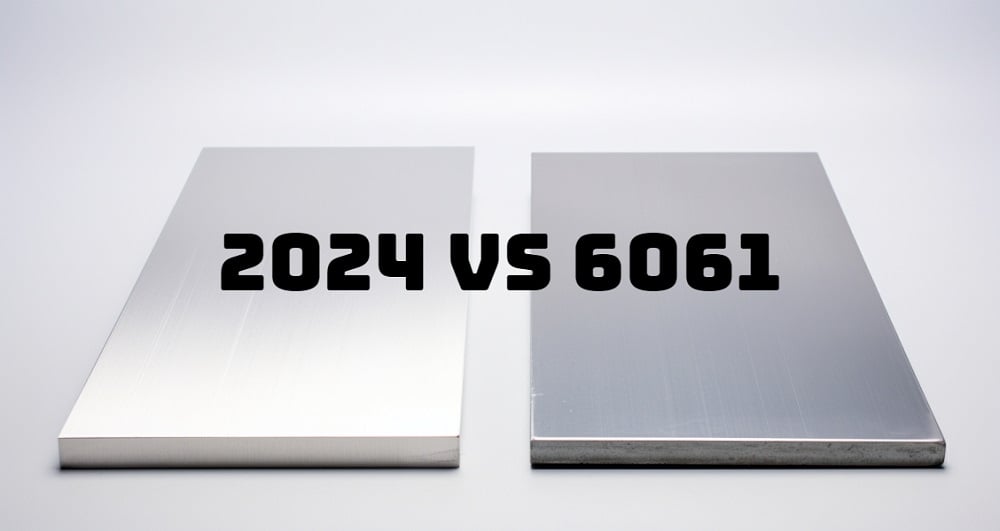 2024 Aluminum vs 6061: Differences in Properties, Strength, Corrosion Resistance, Use, Cost
2024 Aluminum vs 6061: Differences in Properties, Strength, Corrosion Resistance, Use, Cost
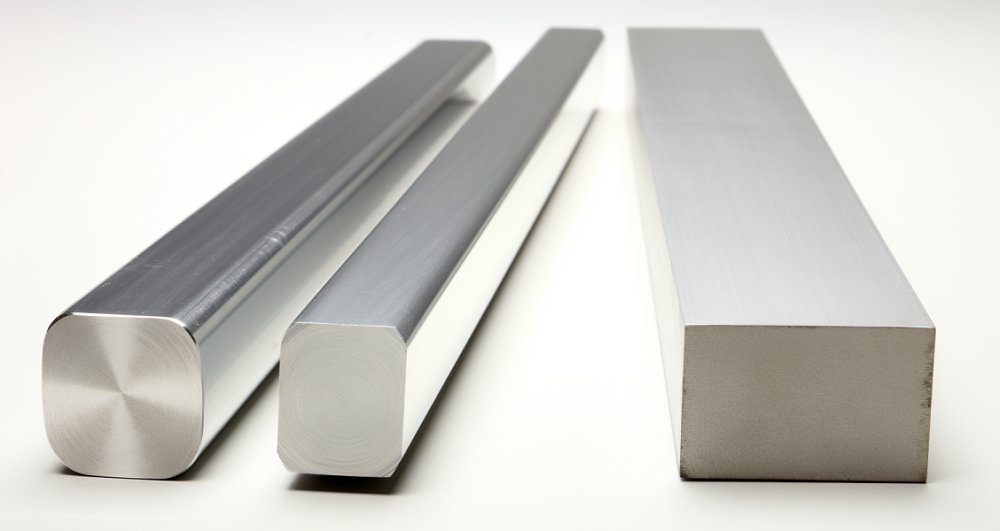 Aluminum 6061 vs 6063: Differences in Properties (Density & Strength), Composition, Price, Applications
Aluminum 6061 vs 6063: Differences in Properties (Density & Strength), Composition, Price, Applications
 Spring Material Types (Properties, Grades, Uses) & Best Selection for Your Project
Spring Material Types (Properties, Grades, Uses) & Best Selection for Your Project
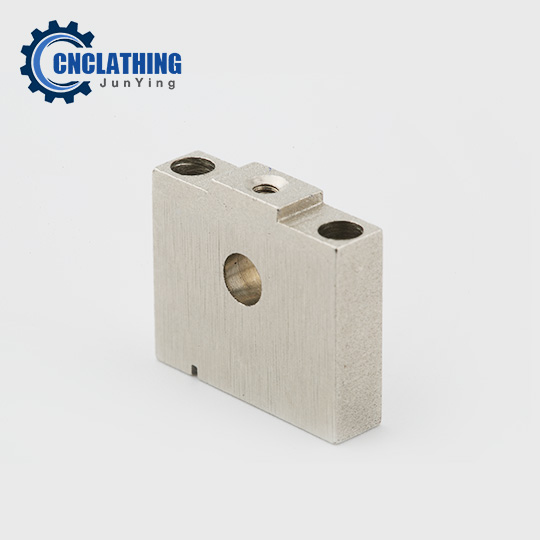 Overview of 303 Stainless Steel | Best Stainless Steel Grades for CNC Machining | CNCLATHING
Overview of 303 Stainless Steel | Best Stainless Steel Grades for CNC Machining | CNCLATHING
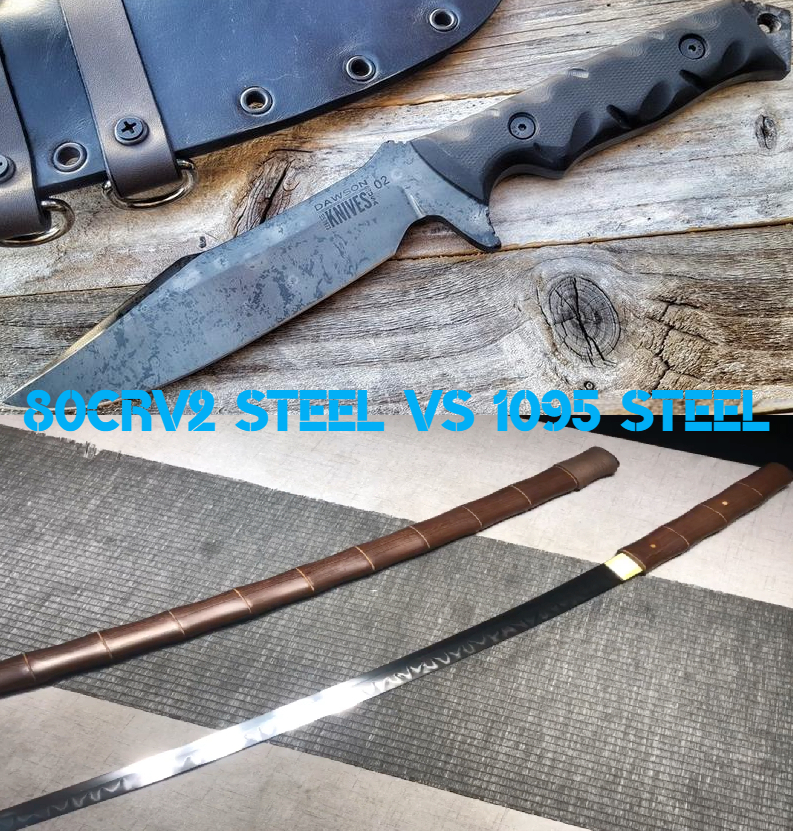 80CrV2 Steel vs 1095 Steel: Differences in Composition, Properties, Use, Price & More
80CrV2 Steel vs 1095 Steel: Differences in Composition, Properties, Use, Price & More
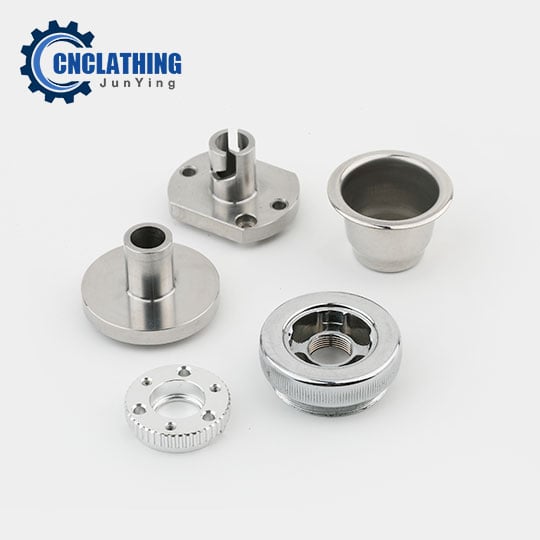 What is 304 Stainless Steel | Stainless Steel Comparison – Grade 304 vs Grades 316, 303, 201, 310, 409 and More
What is 304 Stainless Steel | Stainless Steel Comparison – Grade 304 vs Grades 316, 303, 201, 310, 409 and More
